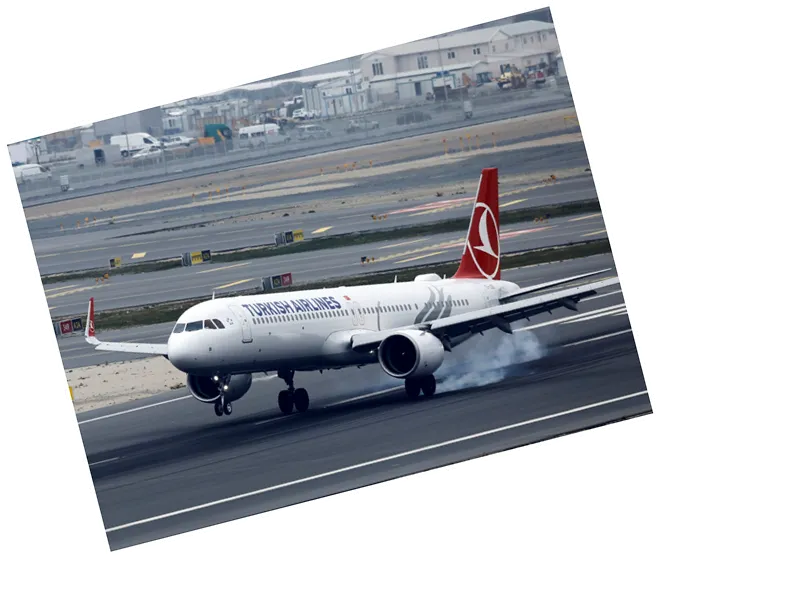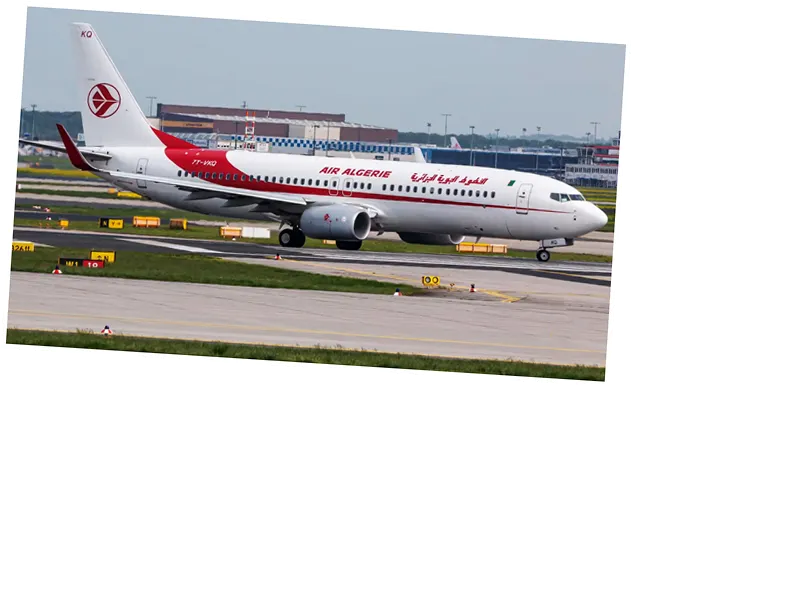FAA Mandates Urgent Inspections of Boeing 787 Dreamliners
In a significant move to enhance aviation safety, the United States Federal Aviation Administration (FAA) has mandated inspections of hundreds of Boeing 787 Dreamliner aircraft. This directive comes in the wake of a serious incident involving LATAM Flight 800, which experienced a sudden descent during a flight from Sydney to Auckland, injuring approximately 50 passengers. The FAA's guidelines require inspections of pilot and co-pilot seats on certain models, including the 787-7, 787-9, and 787-10, within the next 30 days. The focus is on identifying missing or cracked keycaps that could compromise the safety of the aircraft.
The FAA's announcement affects 158 aircraft registered in the United States and 737 globally, highlighting the widespread implications of this safety measure. The Chilean Aviation Authority's preliminary investigations revealed that the captain's seat unexpectedly moved forward, leading to a disconnect in the autopilot's control column and causing the aircraft to plummet 400 feet. The FAA emphasized that such unwanted horizontal movement can lead to turbulence and serious injuries, thus necessitating immediate corrective actions by operators.
Boeing's Commitment to Safety Amid Ongoing Scrutiny
Boeing has publicly supported the FAA's directive, acknowledging the need for stringent safety measures for 787 operators. This latest directive is part of a broader scrutiny surrounding Boeing's safety practices, especially after the company faced legal challenges related to the 737 MAX crashes. In a recent agreement, Boeing pleaded guilty to fraud, marking a significant moment in the company's history as it grapples with its reputation and regulatory compliance.
The FAA's proactive stance is crucial in ensuring that such incidents do not recur. With Boeing also under investigation for a separate incident involving a 737 MAX operated by Alaska Airlines, the spotlight remains on the aviation giant to uphold safety standards and restore public confidence in its fleet.
- The FAA has received multiple reports concerning issues with the 787 Dreamliner, indicating that safety concerns are not isolated incidents. Following the March 11 event, additional reports from Boeing have surfaced, underscoring the urgency of the situation. The FAA's decision to act swiftly reflects a commitment to passenger safety and a recognition of the potential dangers posed by mechanical failures. Boeing's history of regulatory scrutiny, particularly regarding the 737 MAX, has led to increased public and governmental demand for transparency and accountability. The recent legal developments and ongoing investigations suggest that the company must navigate a complex landscape of safety regulations and public perception as it works to regain trust in its aircraft.






